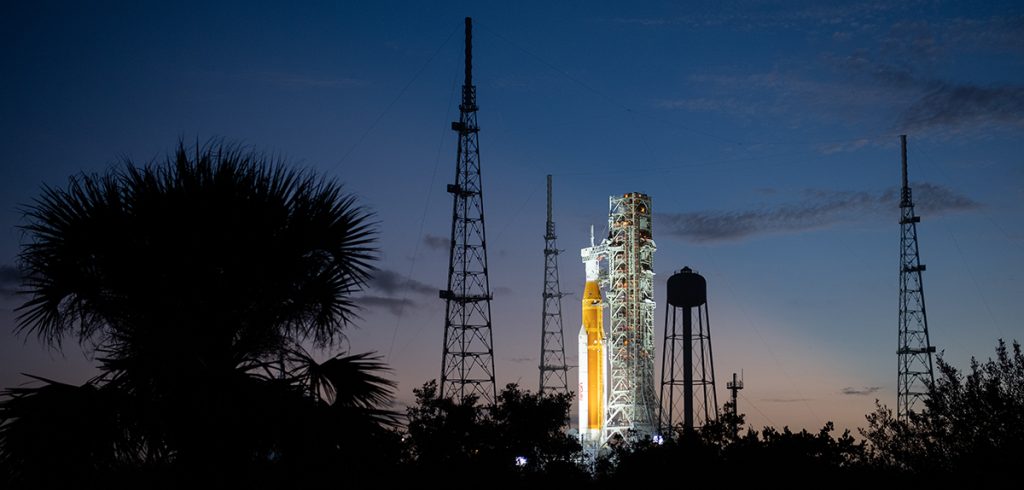Late last year we saw the first launch of the Artemis program, the new lunar endeavor and the return of human exploration of the solar system. Orion’s first trip atop Artemis Ithe images of which we were able to see day after day, marks the beginning of the road that we will follow during the next few decades and is a taste of the opportunities for discovery, learning and progress within our reach.
As part of this new exploration phase, the Spanish industry participates in the
development of various elements of the space segment of the Artemis program
since its beginnings, and will undoubtedly contribute to the rest of the human
exploration missions to come.
Working in these developments is a challenge
not only for our engineering, but also for our management capabilities, since
it often pushes the limits of our technical knowledge and forces us to come
up with new working methods. At the same time, the recognition of our
capabilities and the excellence of our work is cause for great pride, and proves
the extraordinary advancement of the space sector in Spain.
About the image
NASA’s Space Launch System (SLS) rocket with the Orion spacecraft aboard, lit by spotlights above the
mobile launcher in Launch Pad 39B of NASA’s Kennedy Space Center.
Orion approaches the Moon for the fly-by that will bring it back to Earth
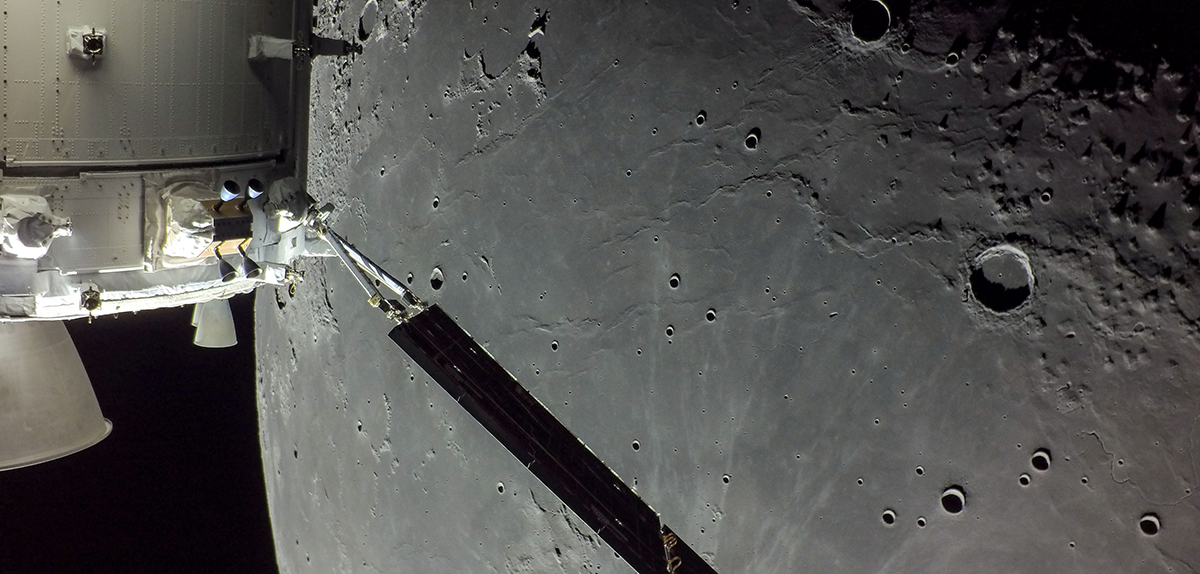
About the image
Image of the Moon taken on the twentieth day of the mission by a camera located on the tip of one of Orion’s solar panels.
Phases of Orion's journey to the Moon
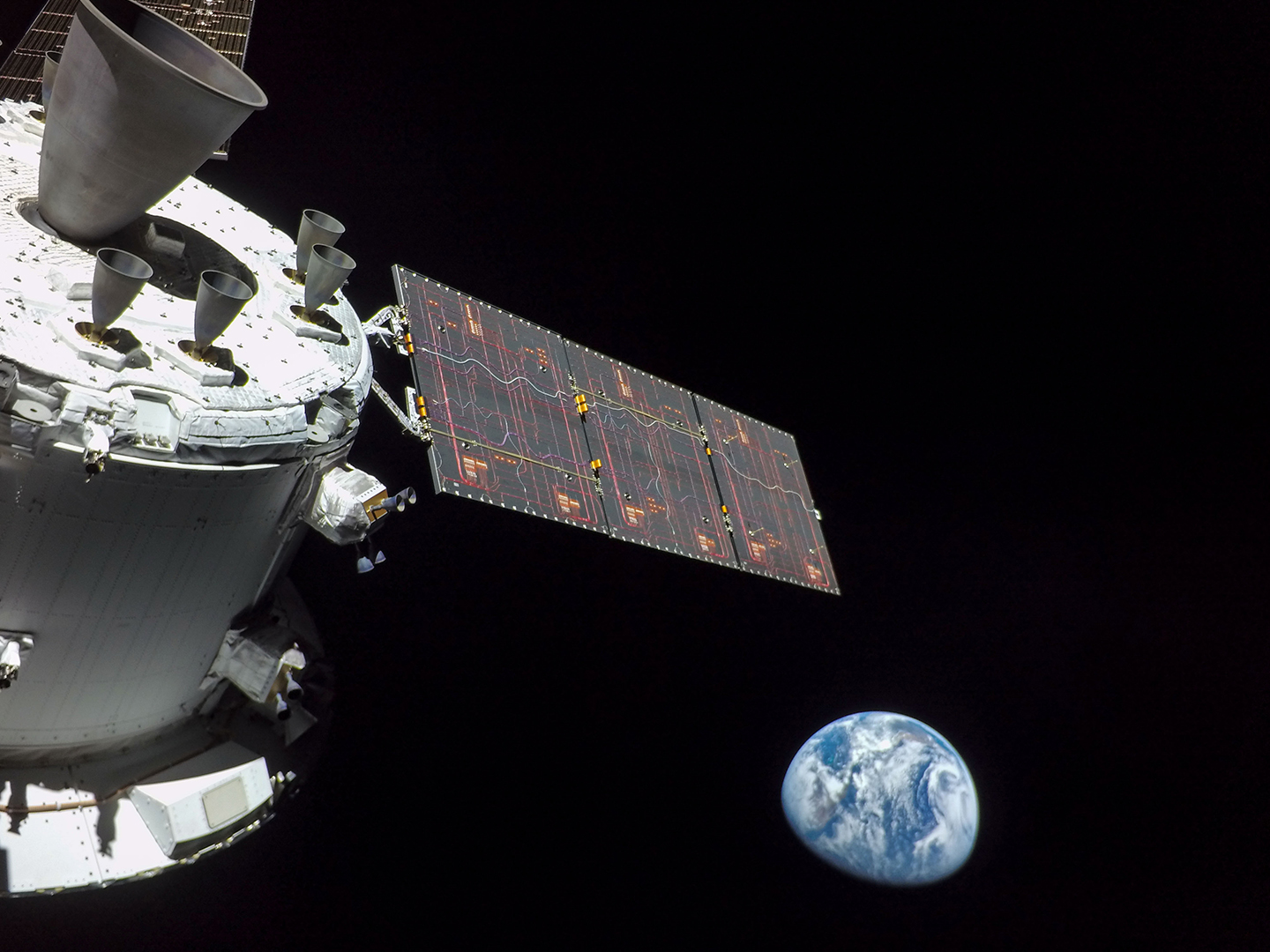
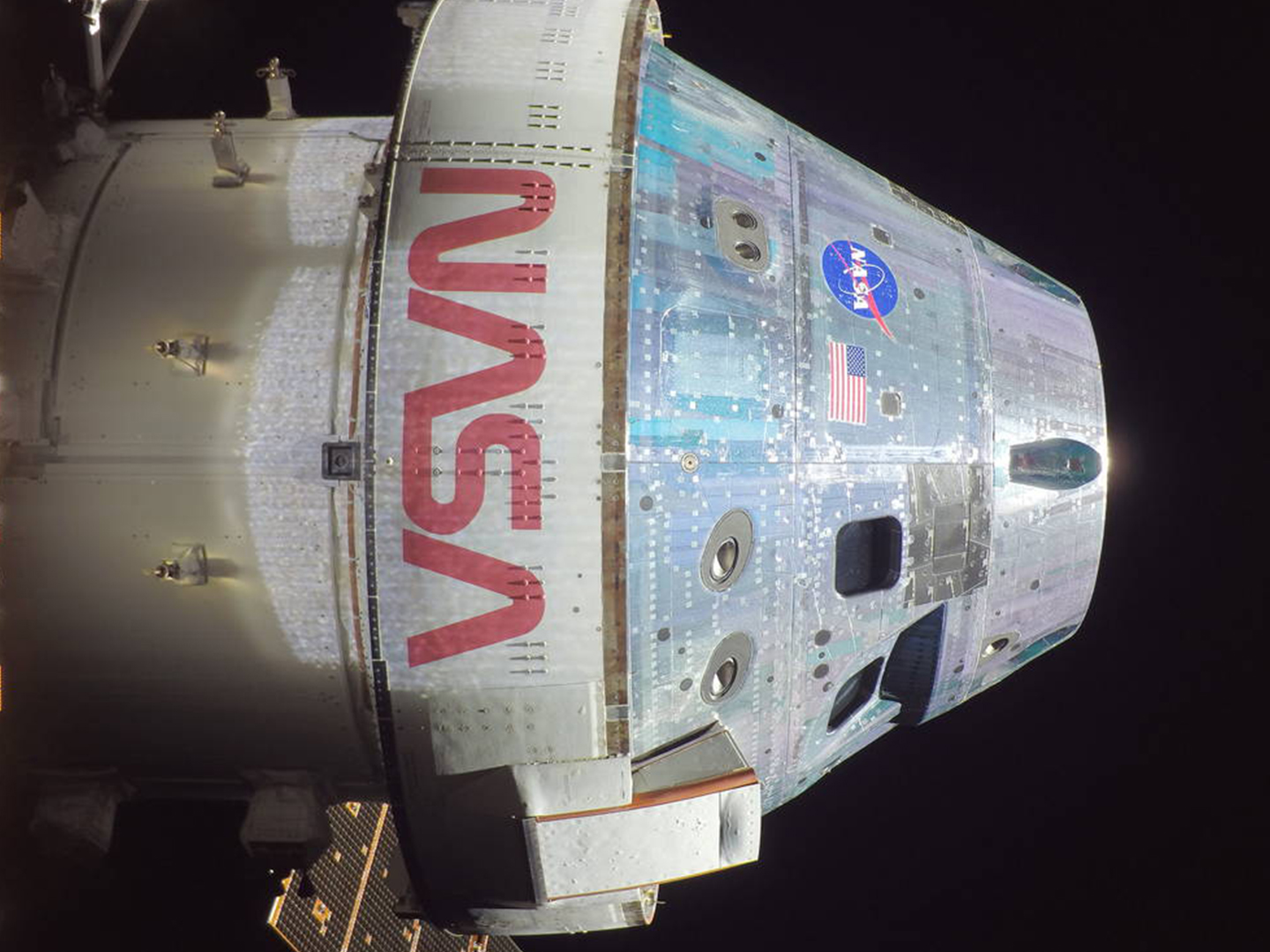
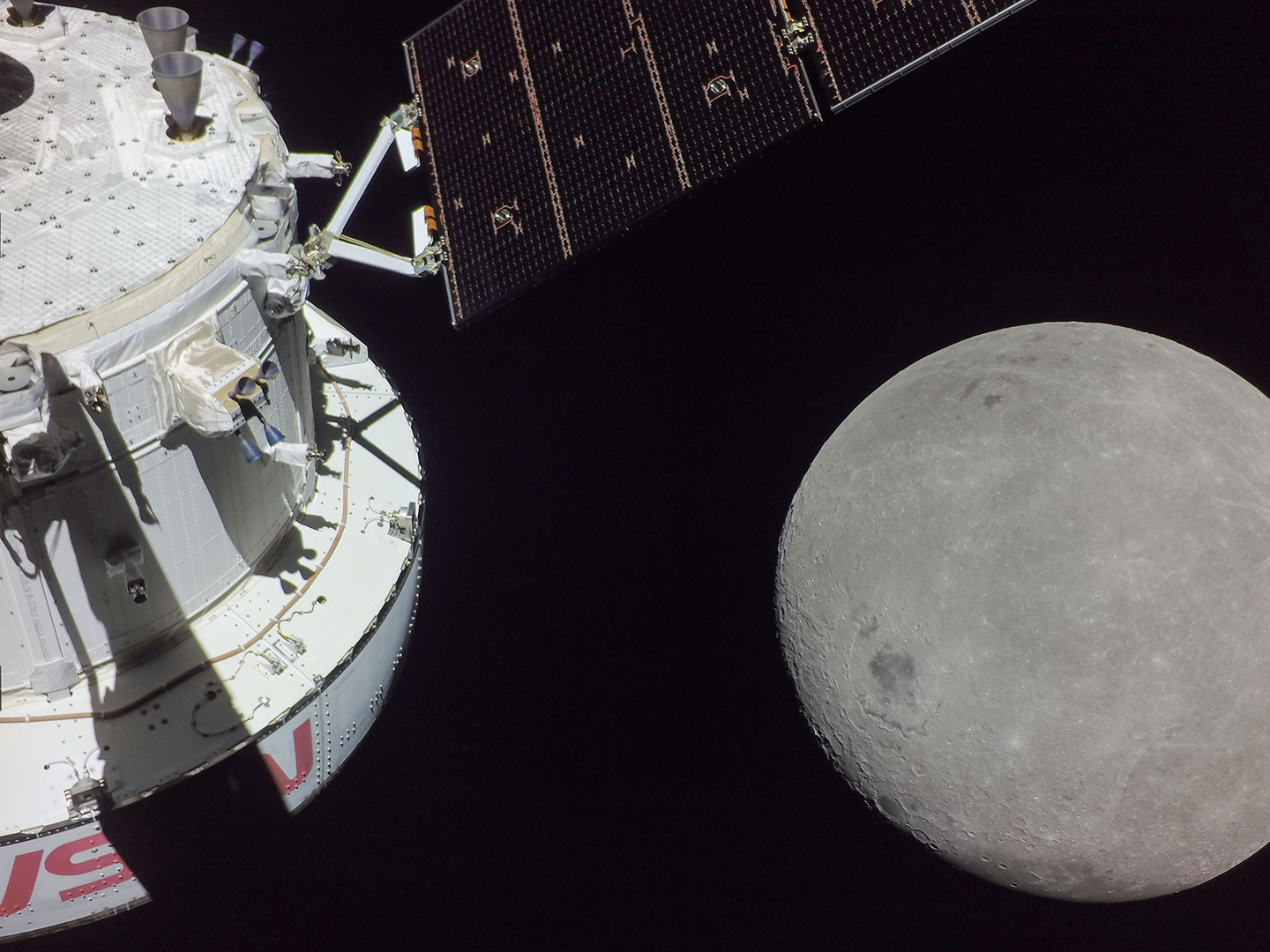
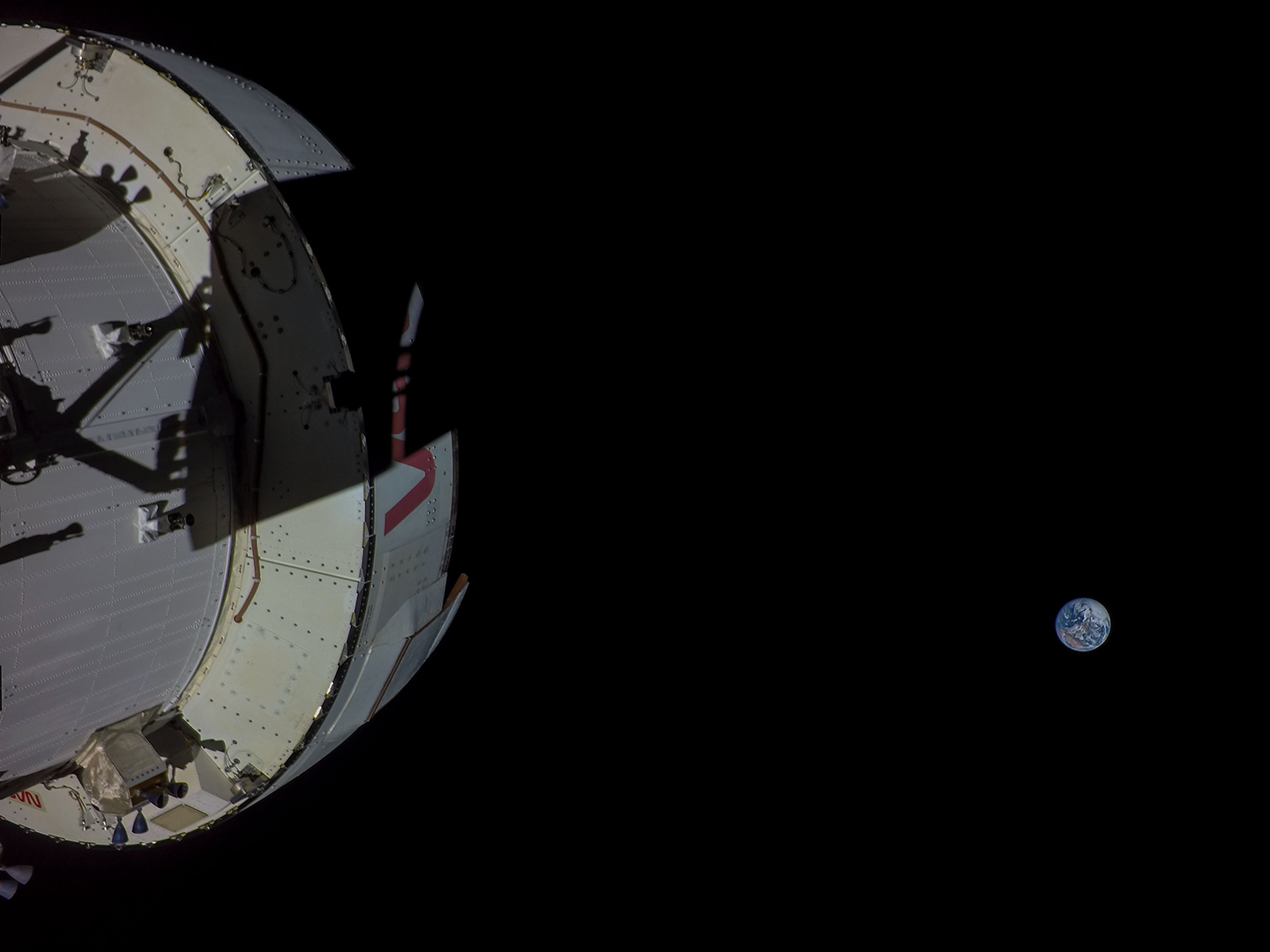
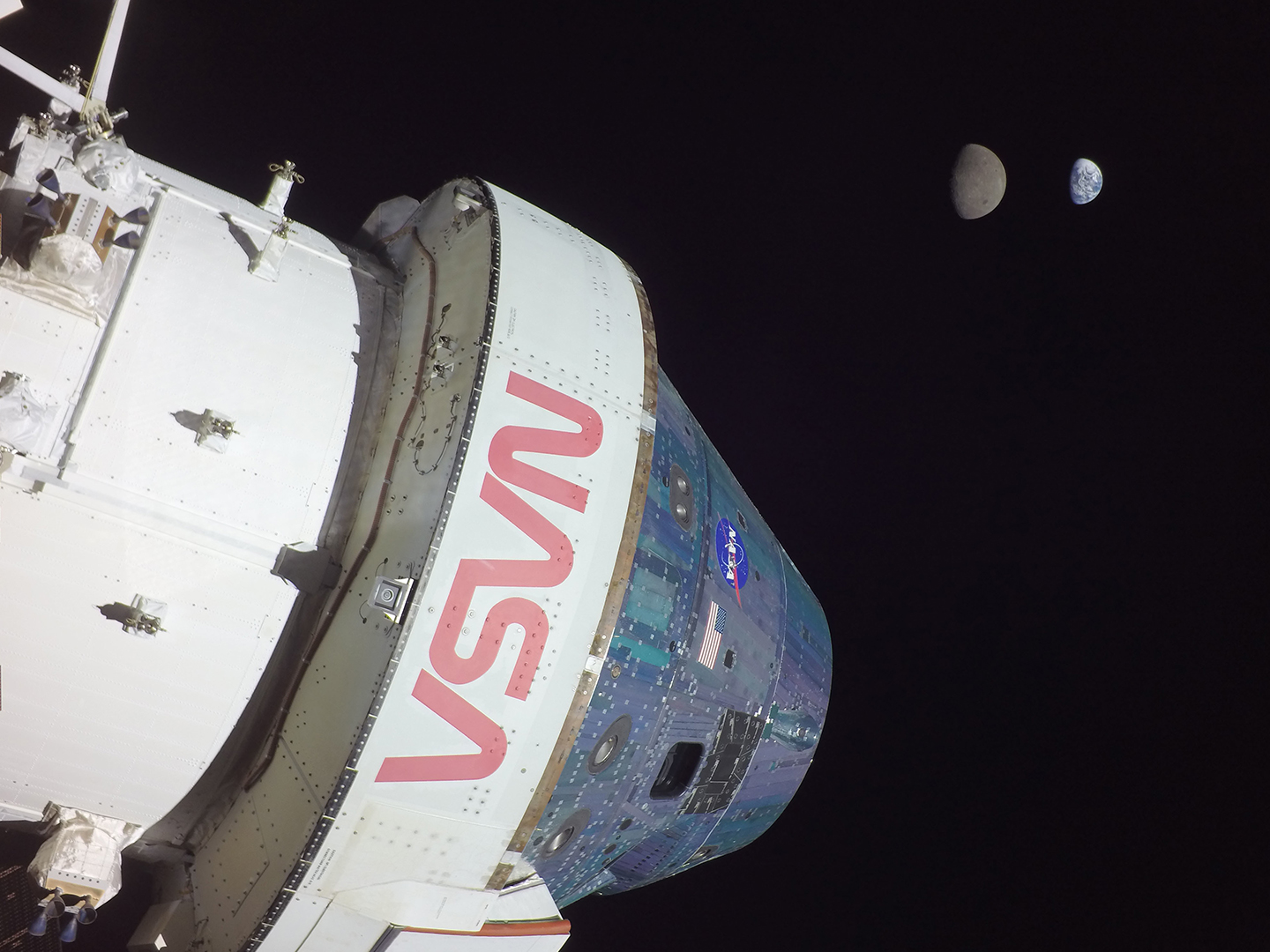
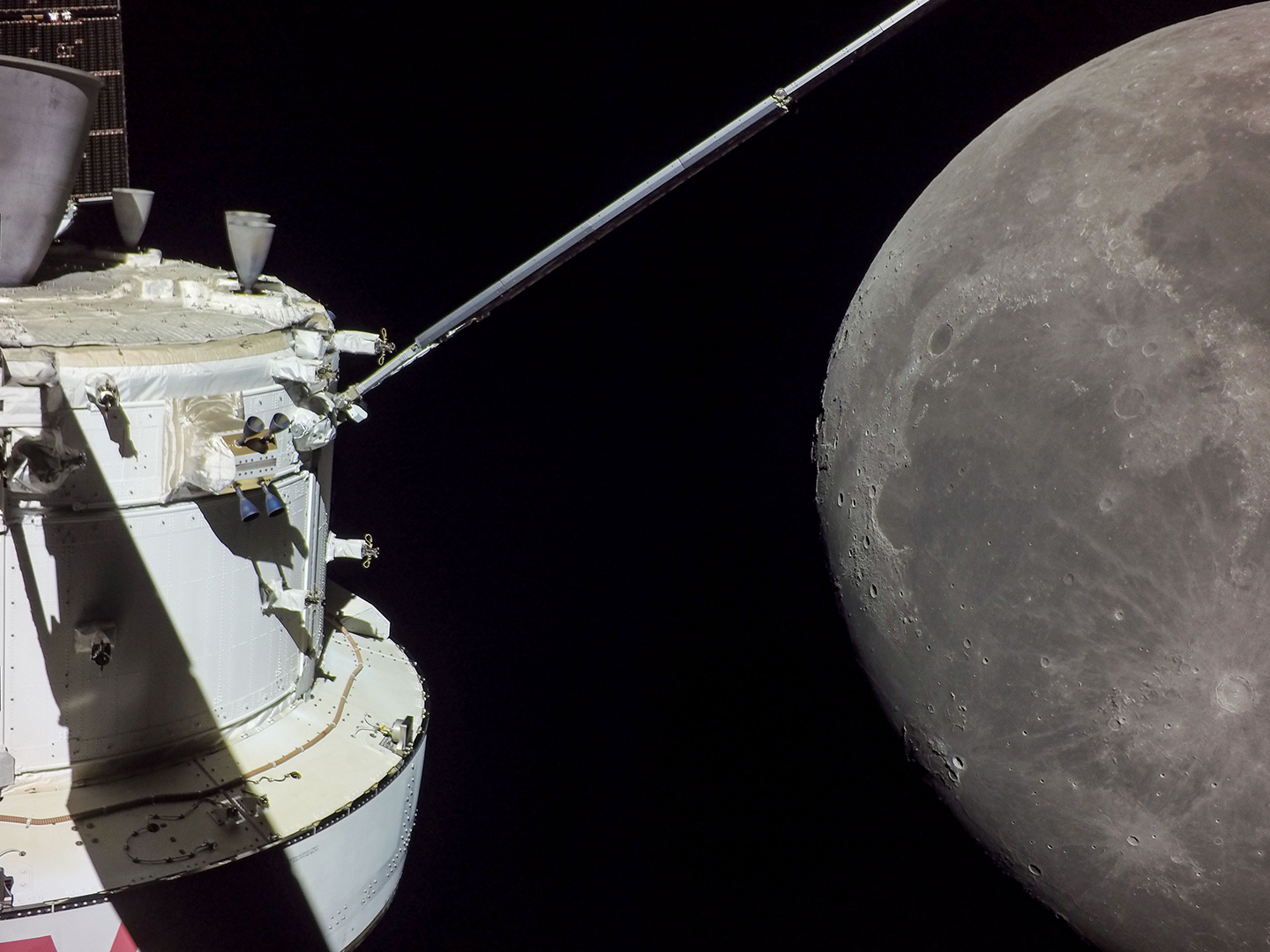
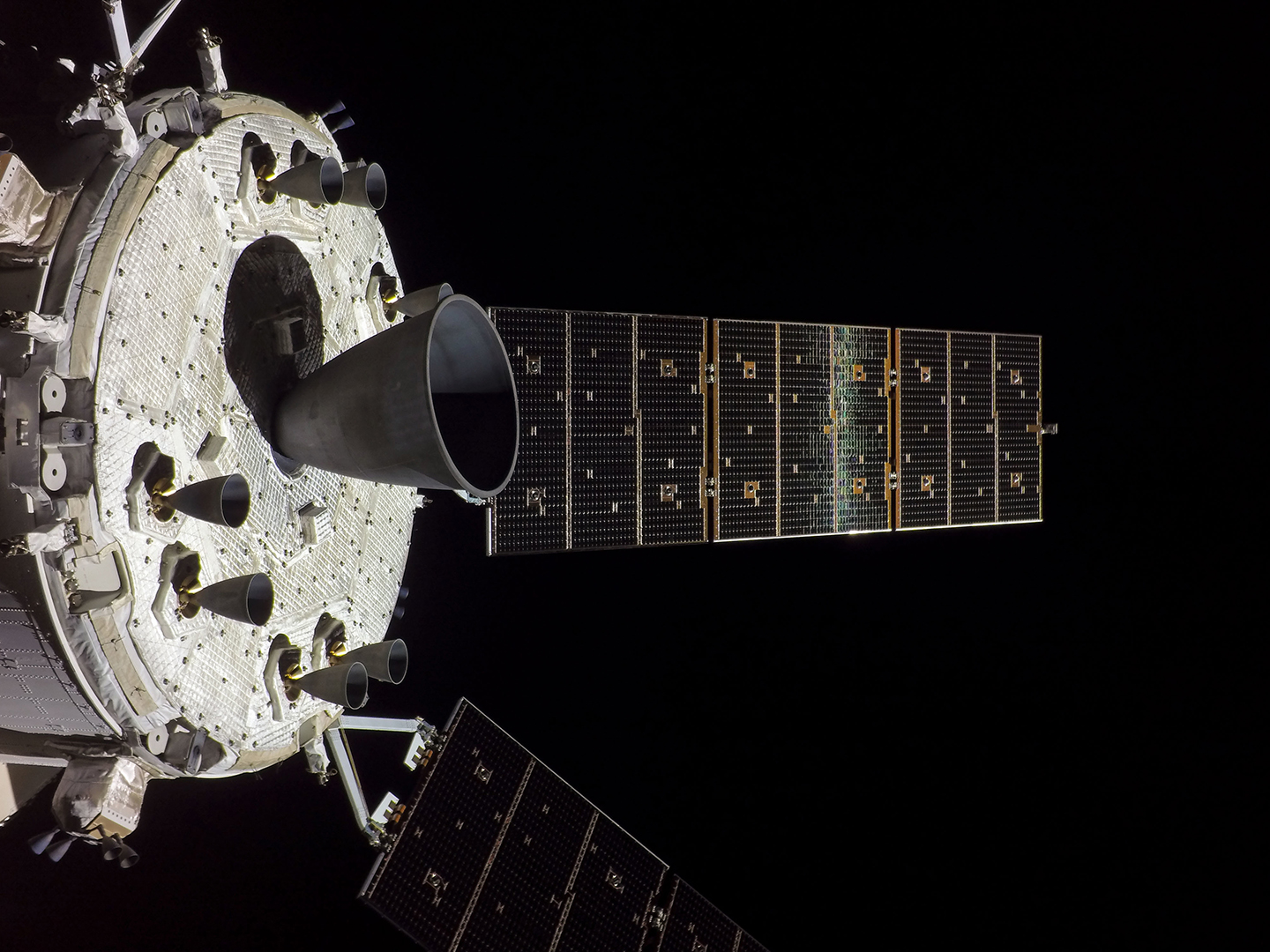
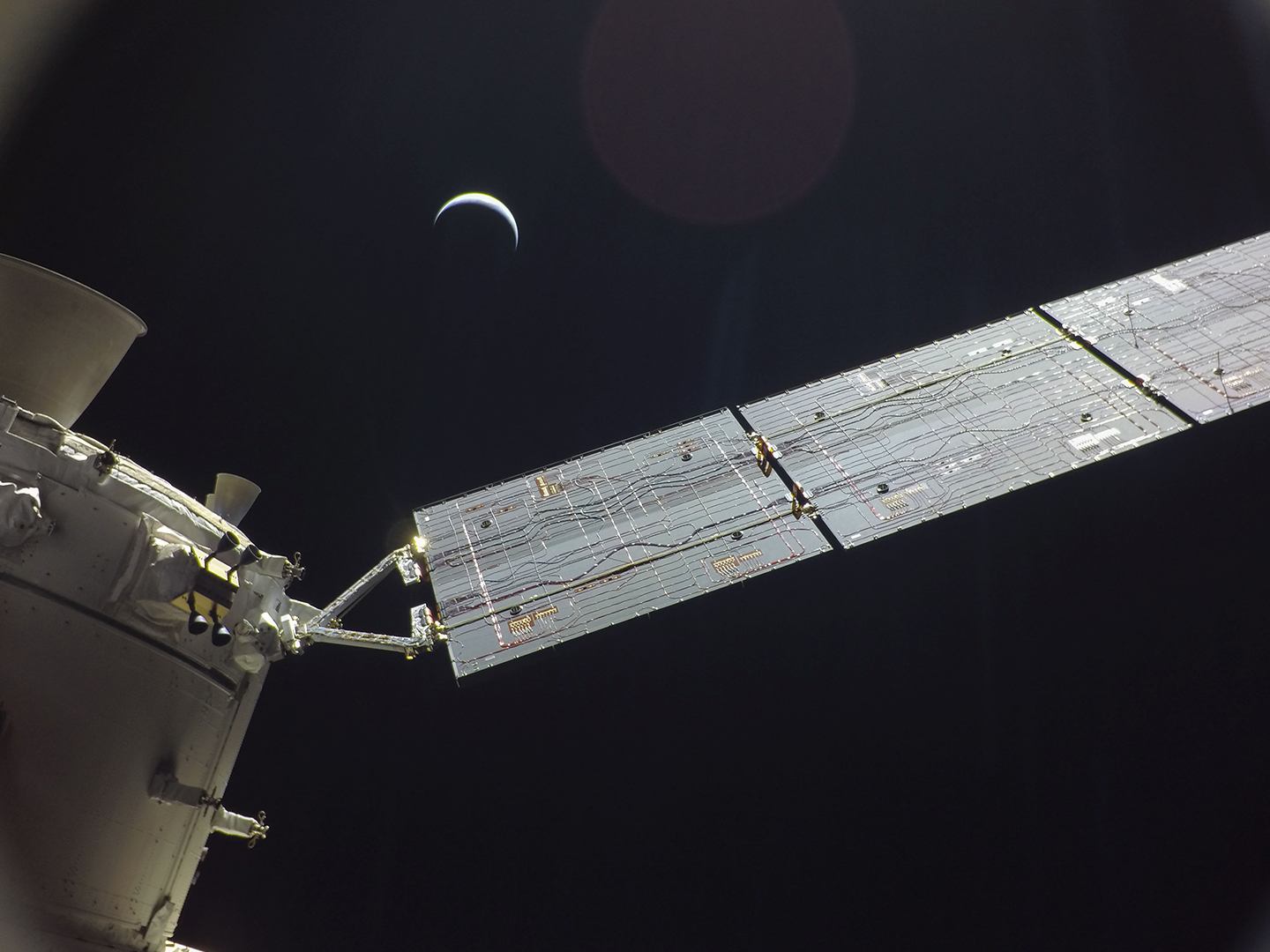
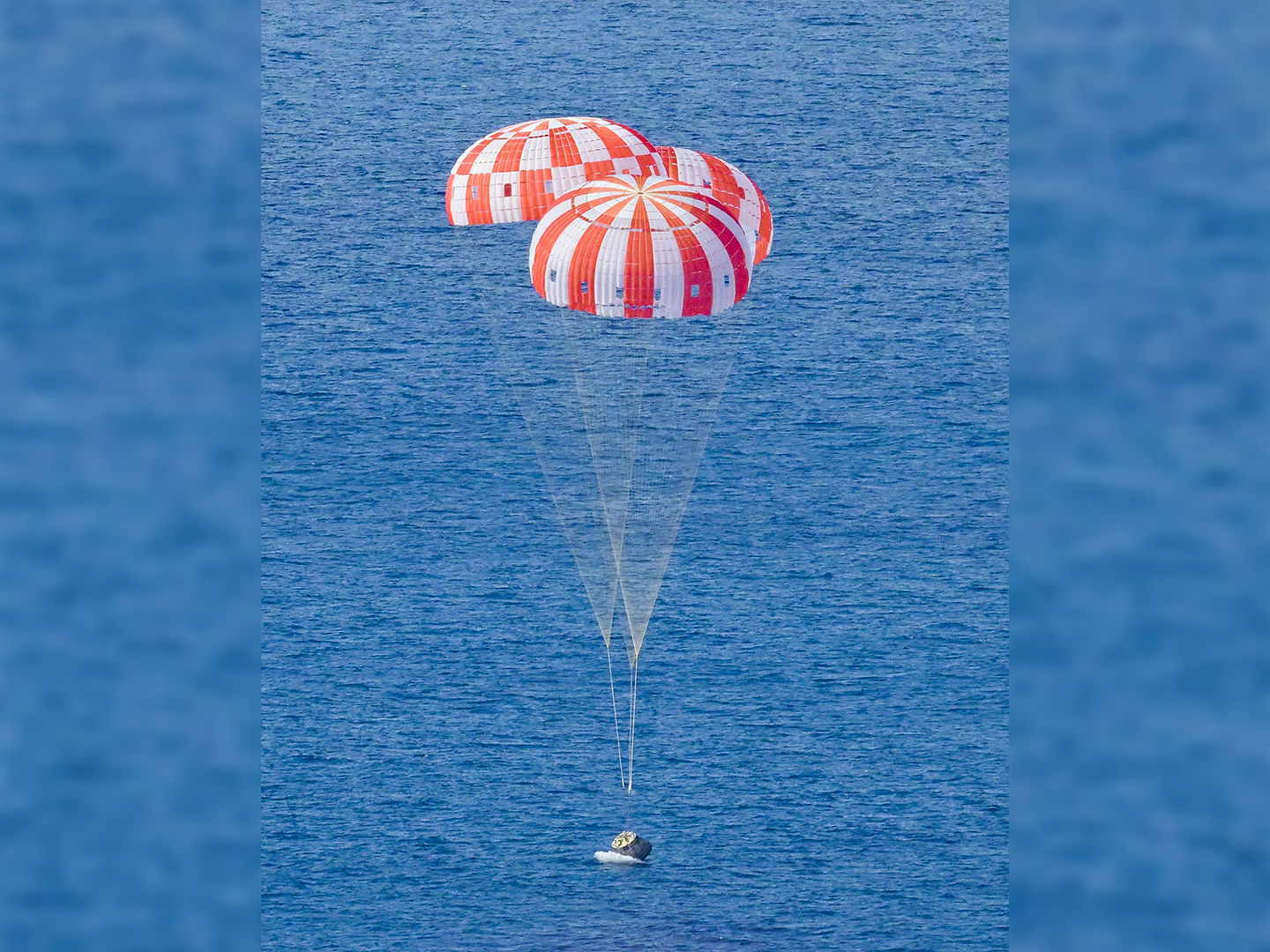
Orion comes home
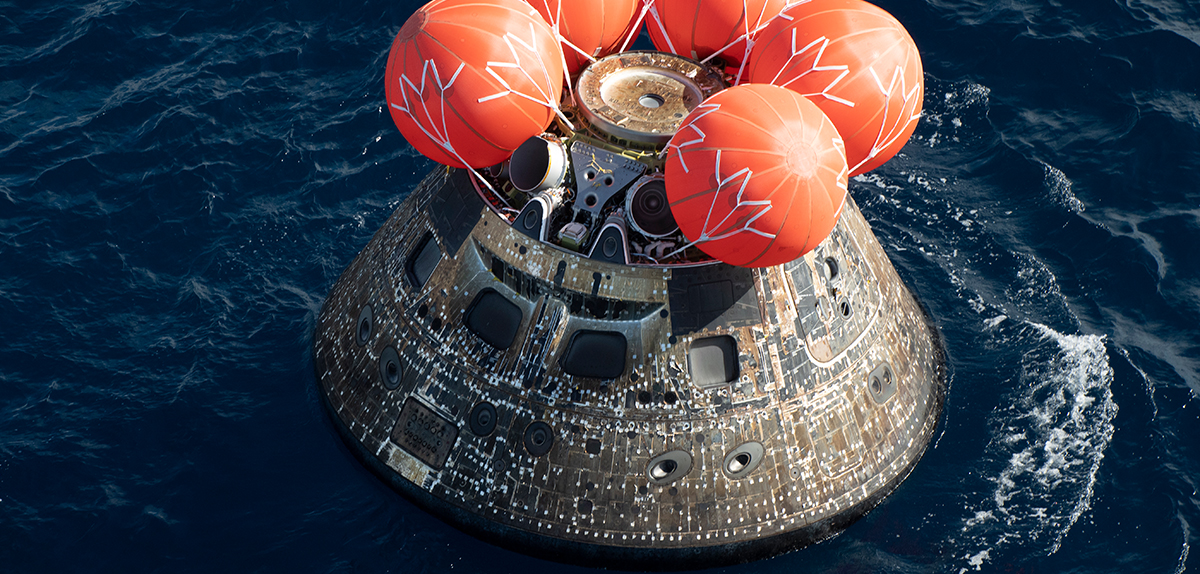
About the image
At 18:40 CET of December 11, 2022, the Orion spacecraft of the Artemis I mission splashed down in the Pacific Ocean after a 25.5 day mission to the Moon.

